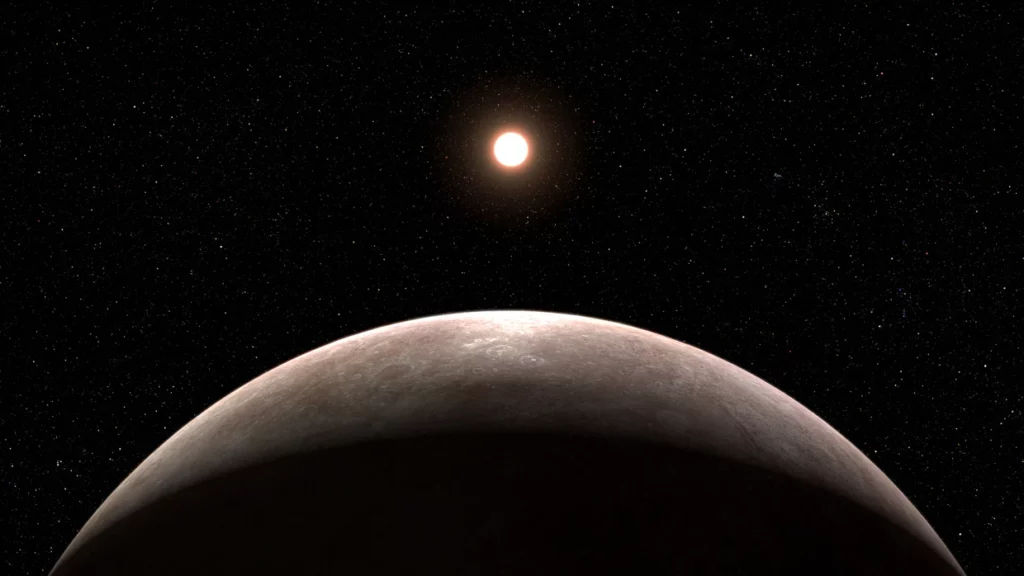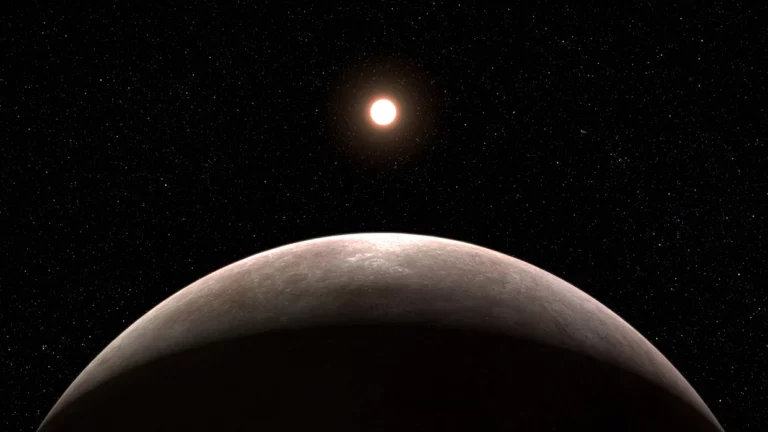Very similar to Earth|Nasa’s James Webb Space Telescope finds its first planet
Scientists hope new planet is just the first to be detected with breakthrough telescope
Nasa’s James Webb Space Telescope has found its first planet – and it appears to be very similar to Earth.
The planet is almost exactly the same size as our own world, and the precision of the JWST means that scientists can be very sure about their observations, they say.
It is expected to be just the beginning of a range of planets found by Nasa’s new space telescope. What’s more, it will be able to see those planets in much finer detail than ever before, as the only telescope that is able to characterise the atmosphere of distant planets.

For now, however, scientists have only been able to say what is not present in the planet’s atmosphere. It can’t have a thick methane-dominated atmosphere, for instance, akin to that on Titan, Saturn’s moon.
Researchers hope to be able to better characterise the distant planet’s atmosphere with time. But the findings also show JWST’s use in studying other planets – with many more discoveries expected to come in the following weeks and months.
“These first observational results from an Earth-sized, rocky planet open the door to many future possibilities for studying rocky planet atmospheres with Webb,” agreed Mark Clampin, Astrophysics Division director at Nasa Headquarters in Washington.
“Webb is bringing us closer and closer to a new understanding of Earth-like worlds outside the Solar System, and the mission is only just getting started.”
The planet is named LHS 475 b and is 41 light-years away in the constellation Octans. A hint of it was first spotted in data from Nasa’s Transiting Exoplanet Survey Satellite, or TESS, but JWST was able to see and confirm it quickly.
Much is still unknown about the world. But early observations have confirmed some details about it: it has a diameter 99 per cent of Earth’s and is a few hundred degrees warmer than our planet.
Such small, rocky planets have remained elusive, because their small size requires powerful instruments to see. The new findings suggest however that the increased power of JWST will allow them to be seen relatively easily using the new technology.
“This rocky planet confirmation highlights the precision of the mission’s instruments,” said Kevin Stevenson from Johns Hopkins University, who helped lead the work. “And it is only the first of many discoveries that it will make.”
Source:Independent
Do not forget to share your opinion with us to provide you with the best posts !




0 Comments